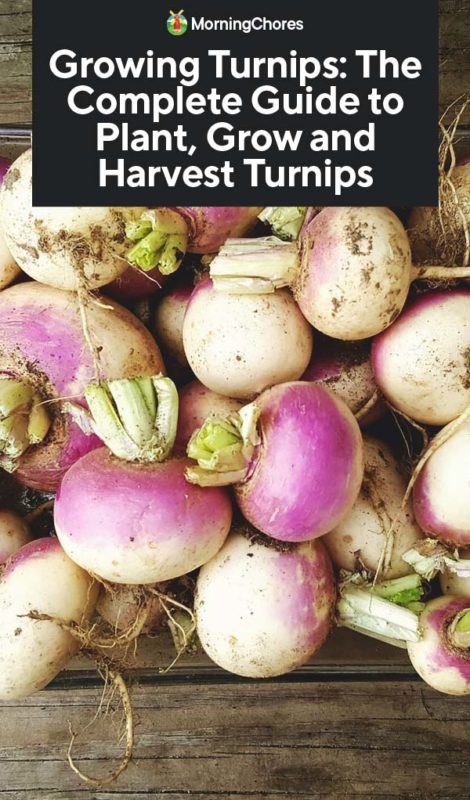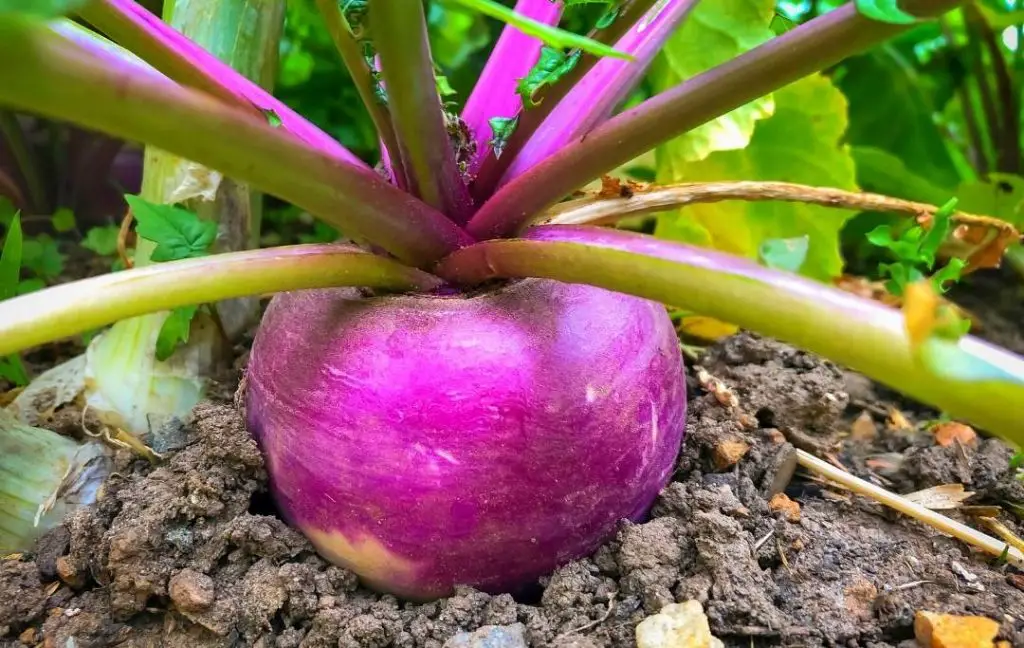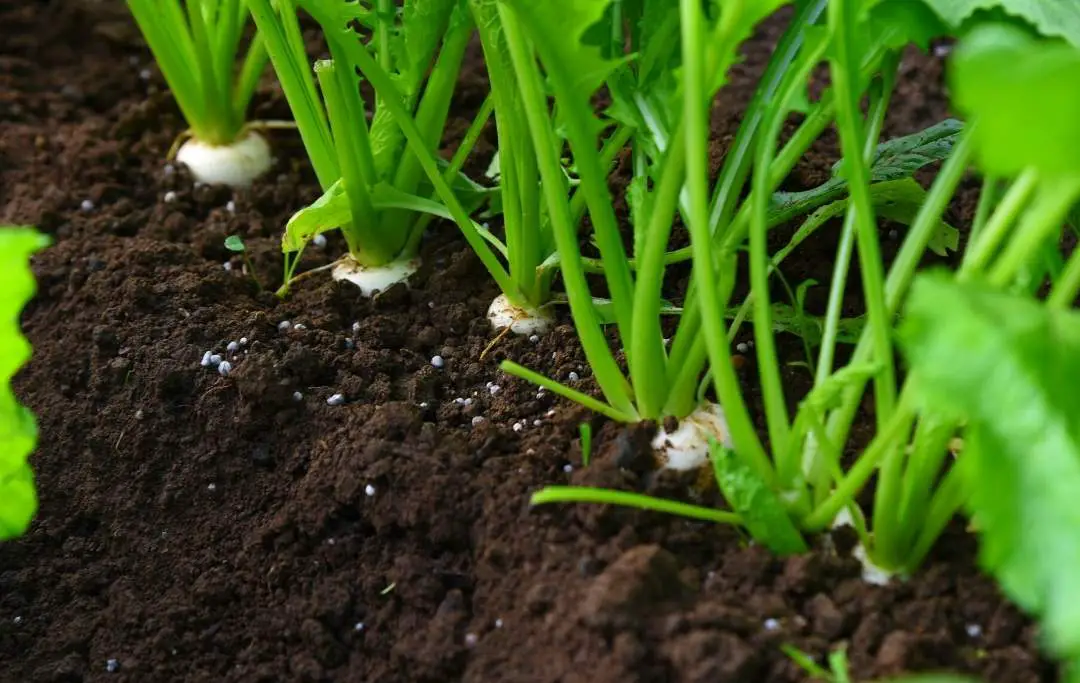Understanding the Turnip Growth Cycle
Turnips are a cool-season crop that thrive in temperate climates with moderate temperatures and adequate moisture. The turnip growth cycle consists of several stages, including germination, growth, and harvest. Understanding these stages is crucial for determining how long it takes to grow turnips from seeds. Germination typically occurs within 7-10 days after sowing, during which the seeds absorb water and break dormancy. The growth stage follows, where the seedlings develop their root system and produce leaves. This stage can last anywhere from 20-40 days, depending on factors such as climate, soil quality, and light exposure.
Climate plays a significant role in turnip growth, with ideal temperatures ranging from 40°F to 75°F (4°C to 24°C). Turnips are sensitive to extreme temperatures, and prolonged exposure to heat or cold can impact growth rates. Soil quality is also essential, as turnips require well-draining, fertile soil with a pH between 6.0 and 7.0. Light exposure is another critical factor, with turnips requiring full sun to partial shade. By understanding these factors, gardeners can optimize growing conditions and promote healthy turnip growth.
In addition to climate, soil, and light, other factors can influence turnip growth rates. Weather conditions, such as rainfall and drought, can impact soil moisture and affect growth. Pests and diseases can also hinder growth, making it essential to implement integrated pest management strategies. By recognizing these factors, gardeners can take proactive steps to mitigate potential issues and ensure a successful harvest.
By grasping the turnip growth cycle and the factors that influence it, gardeners can better determine how long it takes to grow turnips from seeds. While the exact growth period may vary, understanding the underlying principles can help gardeners make informed decisions and optimize growing conditions for a bountiful harvest.
Preparing the Soil for Optimal Turnip Growth
Before sowing turnip seeds, it’s essential to prepare the soil to ensure optimal growth. Turnips prefer well-draining, fertile soil with a pH between 6.0 and 7.0. To achieve this, gardeners can take several steps. First, test the soil pH using a soil testing kit or by sending a sample to a laboratory for analysis. Based on the results, adjust the pH by adding lime to raise it or sulfur to lower it.
Next, add organic matter such as compost or well-rotted manure to improve soil fertility and structure. Composting can help to break down nutrients, making them more available to the turnip plants. Additionally, compost can help to improve soil drainage, reducing the risk of waterlogged soil. Aim to add a 2-inch layer of compost or well-rotted manure to the soil and mix it in well.
Turnips also require adequate nutrients to grow. A balanced fertilizer with a ratio of 10-10-10 (nitrogen-phosphorus-potassium) can provide the necessary nutrients. However, avoid over-fertilizing, as this can lead to weak and leggy growth. Instead, opt for a slow-release fertilizer that provides a steady supply of nutrients throughout the growing season.
Well-draining soil is crucial for turnip growth, as it helps to prevent waterlogged soil and root rot. To achieve well-draining soil, gardeners can add organic matter such as perlite or vermiculite. These materials help to improve soil structure, allowing water to penetrate the soil more easily. Additionally, raised beds can help to improve drainage, as they allow water to drain away from the roots more easily.
By preparing the soil properly, gardeners can create an optimal growing environment for turnips. This, combined with proper sowing technique and care during each growth stage, can help to ensure a healthy and productive harvest. Whether you’re growing turnips from seeds for the first time or are a seasoned gardener, following these steps can help you to achieve success.
Sowing Turnip Seeds: Timing and Technique
When it comes to sowing turnip seeds, timing and technique are crucial for optimal growth. Turnips are a cool-season crop, which means they thrive in temperate climates with moderate temperatures. The ideal time to sow turnip seeds is in early spring or late summer/early fall, when the soil has cooled down to around 40°F (4°C) to 75°F (24°C).
In terms of moisture, turnip seeds require consistent moisture to germinate. Aim to sow the seeds when the soil is moist but not waterlogged. If the soil is too dry, the seeds may not germinate properly, while excessive moisture can lead to rot and poor growth.
When it comes to sowing technique, turnip seeds should be sown about ¼ inch (6 mm) deep and 1-2 inches (2.5-5 cm) apart. Sow the seeds in rows that are 12-18 inches (30-45 cm) apart. This will give the turnip plants enough space to grow and receive adequate air circulation.
It’s also essential to sow the seeds in a location that receives full sun to partial shade. Turnips require at least 6 hours of direct sunlight per day to grow properly. If the location is too shaded, the turnip plants may become leggy and weak.
By sowing turnip seeds at the right time and using the proper technique, gardeners can set themselves up for success. With optimal growing conditions and proper care, turnips can be harvested in as little as 60 days. Whether you’re growing turnips from seeds for the first time or are a seasoned gardener, following these tips can help you achieve a bountiful harvest.
How Long Does it Take to Grow Turnips from Seeds?
One of the most common questions asked by gardeners is how long it takes to grow turnips from seeds. The answer to this question depends on several factors, including the variety of turnip, weather conditions, and growing techniques. Generally, turnips can be harvested in as little as 60 days, but this can vary depending on the specific growing conditions.
The growth stages of turnips can be broken down into several stages, including germination, thinning, and maturation. Germination typically occurs within 7-10 days after sowing, during which the seeds absorb water and break dormancy. Thinning occurs around 10-14 days after germination, when the seedlings are thinned out to about 2-3 inches apart to allow for proper growth. Maturation occurs around 50-60 days after sowing, when the turnips are ready to be harvested.
Weather conditions can also affect the growth rate of turnips. Turnips prefer cool, moist weather, and extreme temperatures or drought can slow down growth. Pests and diseases can also impact growth rates, so it’s essential to take steps to prevent these issues.
Factors such as soil quality, light exposure, and nutrient availability can also impact growth rates. Turnips prefer well-draining, fertile soil with a pH between 6.0 and 7.0. Adequate light exposure is also essential, with turnips requiring at least 6 hours of direct sunlight per day.
By understanding the growth stages of turnips and the factors that affect growth rates, gardeners can better plan and manage their turnip crop. With proper care and attention, turnips can be harvested in as little as 60 days, providing a delicious and nutritious addition to any meal.
When growing turnips from seeds, it’s essential to keep in mind that the growth rate can vary depending on the specific variety. Some varieties, such as ‘Purple Top’ or ‘White Lady’, can be harvested in as little as 50 days, while others may take up to 70 days. By choosing the right variety for your climate and growing conditions, you can ensure a successful harvest.
Turnip Growth Stages: What to Expect
Understanding the different growth stages of turnips is crucial for providing the right care and attention. The growth stages of turnips can be broken down into three main stages: germination, thinning, and maturation.
Germination typically occurs within 7-10 days after sowing, during which the seeds absorb water and break dormancy. During this stage, it’s essential to keep the soil consistently moist but not waterlogged. Turnips require adequate light exposure, so ensure they receive at least 6 hours of direct sunlight per day.
Thinning occurs around 10-14 days after germination, when the seedlings are thinned out to about 2-3 inches apart to allow for proper growth. This stage is critical, as overcrowding can lead to reduced growth rates and increased susceptibility to disease. Use scissors to carefully snip off the weaker seedlings at soil level, leaving the stronger seedlings to grow.
Maturation occurs around 50-60 days after sowing, when the turnips are ready to be harvested. During this stage, the turnips will begin to form their characteristic bulb shape. Keep the soil consistently moist, but avoid overwatering, which can lead to rot and other problems.
During each growth stage, it’s essential to provide the right care and attention. Watering, fertilizing, and pruning are all critical components of turnip care. Water turnips regularly, but avoid overwatering, which can lead to rot and other problems. Fertilize turnips with a balanced fertilizer, following the manufacturer’s instructions. Prune turnips regularly to promote healthy growth and prevent disease.
By understanding the different growth stages of turnips and providing the right care and attention, gardeners can ensure a healthy and productive harvest. Whether you’re growing turnips from seeds for the first time or are a seasoned gardener, following these tips can help you achieve success.
Common Challenges and Solutions for Growing Turnips
While growing turnips from seeds can be a rewarding experience, there are several common challenges that gardeners may face. One of the most common challenges is pests, such as aphids, slugs, and snails. These pests can cause significant damage to the turnip plants, leading to reduced growth rates and lower yields.
To overcome this challenge, gardeners can use a variety of methods, including introducing beneficial insects, such as ladybugs and lacewings, which prey on pests. Additionally, gardeners can use physical barriers, such as fine mesh or fine netting, to prevent pests from reaching the turnip plants.
Another common challenge faced by turnip growers is diseases, such as powdery mildew and downy mildew. These diseases can cause significant damage to the turnip plants, leading to reduced growth rates and lower yields.
To overcome this challenge, gardeners can use a variety of methods, including practicing good hygiene, such as removing infected plants and disinfecting gardening tools. Additionally, gardeners can use fungicides, such as copper-based products, to prevent the spread of disease.
Nutrient deficiencies are also a common challenge faced by turnip growers. Turnips require a balanced diet of nutrients, including nitrogen, phosphorus, and potassium, to grow and thrive.
To overcome this challenge, gardeners can use a variety of methods, including soil testing to determine the nutrient levels in the soil. Additionally, gardeners can use fertilizers, such as balanced fertilizers, to provide the necessary nutrients for turnip growth.
By understanding the common challenges faced by turnip growers and using the right solutions, gardeners can ensure a healthy and productive harvest. Whether you’re growing turnips from seeds for the first time or are a seasoned gardener, following these tips can help you achieve success.
Harvesting Turnips: Timing and Technique
Harvesting turnips is a crucial step in the growing process, and timing is everything. Turnips are typically ready to harvest between 50 to 70 days after sowing, depending on the variety and growing conditions.
The ideal time to harvest turnips is when they are between 1 to 3 inches in diameter, and the skin is a deep purple or white color, depending on the variety. Avoid harvesting turnips that are too small, as they may not have developed their full flavor and texture.
To harvest turnips, use a garden fork to carefully loosen the soil around the turnip, taking care not to damage the roots. Then, use a sharp knife or pruning shears to cut the turnip from the stem, leaving about 1 inch of stem attached to the turnip.
When harvesting turnips, it’s essential to avoid damaging the roots, as this can cause the turnip to become bitter and unpalatable. To avoid damaging the roots, harvest turnips in the morning, when the soil is cool and moist.
After harvesting, turnips can be stored in a cool, dark place for up to several weeks. To store turnips, trim the leaves to about 1 inch from the top of the turnip, and place them in a breathable container, such as a paper bag or a ventilated plastic bag.
By following these tips, you can enjoy a bountiful harvest of delicious and nutritious turnips. Whether you’re growing turnips from seeds for the first time or are a seasoned gardener, harvesting turnips is a rewarding experience that’s sure to bring a smile to your face.
Conclusion: Growing Turnips from Seeds Made Easy
Growing turnips from seeds can be a rewarding and delicious experience, but it requires careful planning and attention to detail. By following the steps outlined in this article, you can ensure a healthy and productive harvest of turnips.
Remember to prepare the soil properly, including adjusting the pH and nutrient levels, and to sow the seeds at the right time and with the proper technique. Provide the turnips with adequate care during each growth stage, including watering, fertilizing, and pruning.
Be aware of the common challenges that can affect turnip growth, such as pests, diseases, and nutrient deficiencies, and take steps to prevent and overcome them. Finally, harvest the turnips at the right time and with the proper technique to ensure a delicious and nutritious crop.
By following these tips and guidelines, you can grow turnips from seeds with ease and enjoy a bountiful harvest. Whether you’re a seasoned gardener or just starting out, growing turnips from seeds is a great way to add some variety and nutrition to your diet.
So why not give it a try? With a little patience and care, you can be enjoying a delicious and nutritious crop of turnips in no time. Happy gardening!







